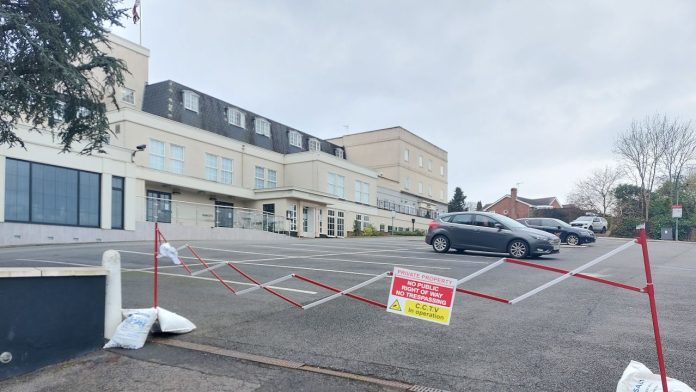Housing provided for tens of thousands of asylum seekers, which is often the worst in the UK when it comes to damp and mould, will be removed from the system of control for landlords managing social housing, The Guardian reports.
The government has agreed to introduce new rules, known as “Awaab’s Law”, to force landlords to fix damp and mould problems in social housing. The decision follows the death of two-year-old Awaab Ishaq from prolonged exposure to black mould in his family home.
The Home Office reports that as of September 2023, 118,800 asylum seekers were receiving housing and support from the Home Office and its contractors. This accommodation is a mixture of shared accommodation provided by landlords in the private rented sector and hotel rooms. Many claim that poor living conditions have caused their illnesses, particularly lung conditions such as asthma.
Home Office sources said that the Awaab’s law, which will be implemented by the Social Housing (Regulation) Act 2023, only applies to landlords who are registered social housing providers and if the accommodation being rented out is categorised as social housing. Refugee housing does not usually fall into this category.
Bridget Young, director of Naccom – the No Accommodation Network organisation which is responsible for supporting the accommodation of asylum seekers and refugees, said:
Not extending these basic but important protections to people in asylum accommodation creates a two-tier system of housing standards that puts people seeking asylum disproportionately at risk of harm, and embeds a differential approach to the treatment of refugees in the housing sector. It also cannot be right that Home Office accommodation contractors are allowed to make huge profits, often at the expense of people’s health and safety.
Tim Naor Hilton, executive director of Refugee Action, called for asylum provisions to be added to the Awaab’s Law. He said:
Our services teams continue to see people, including families with babies and sick children, living in squalid properties where dangerous mould and damp is rampant. These dangers could be a matter of life and death. Asylum accommodation must be made subject to national housing standards and companies held to account for the shocking conditions that some people must live in.
In the nine months since March, the housing ombudsman for England, Richard Blakeway, made 721 findings of fault in how landlords tackled damp, mould and leaks, more than for the previous 12 months and several times more than in 2020-21. About 88,000 households in social housing are believed by the regulator of social housing to be living with serious damp and mould problems.
